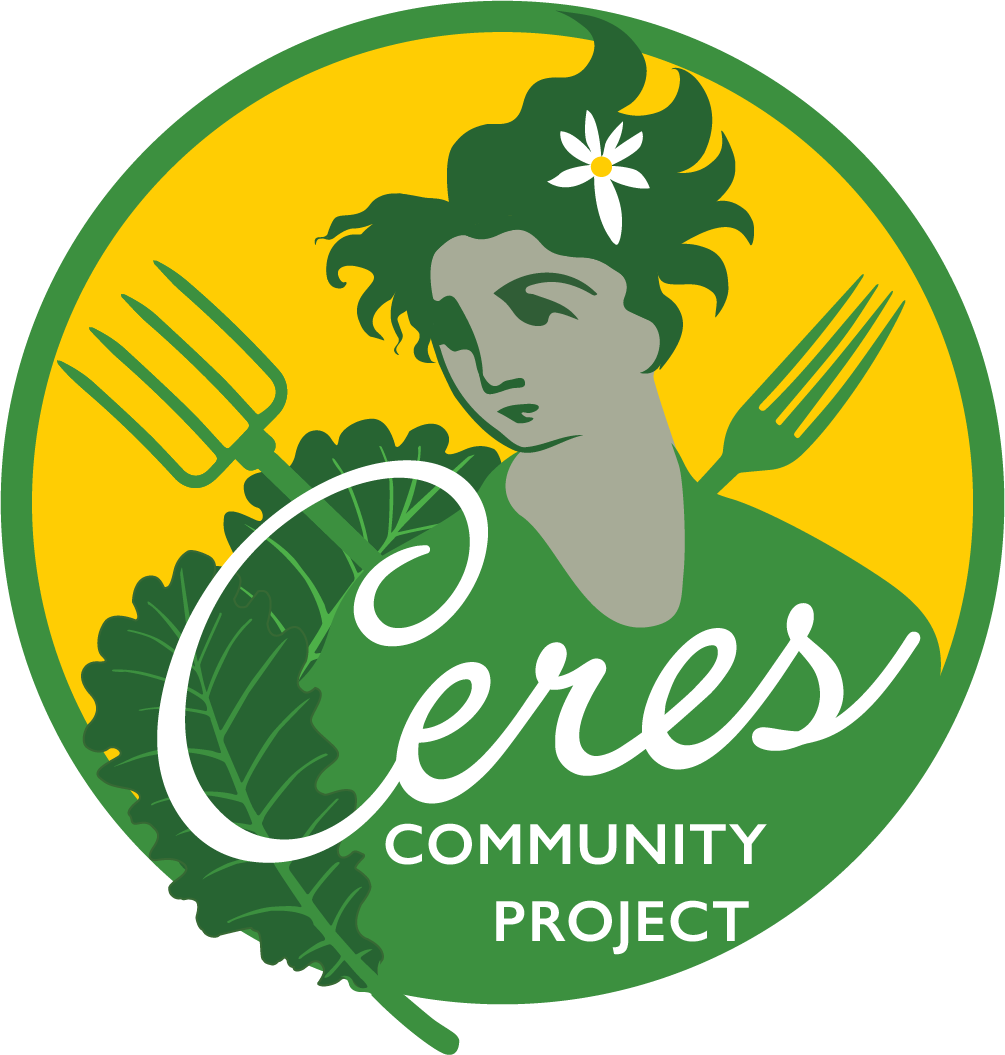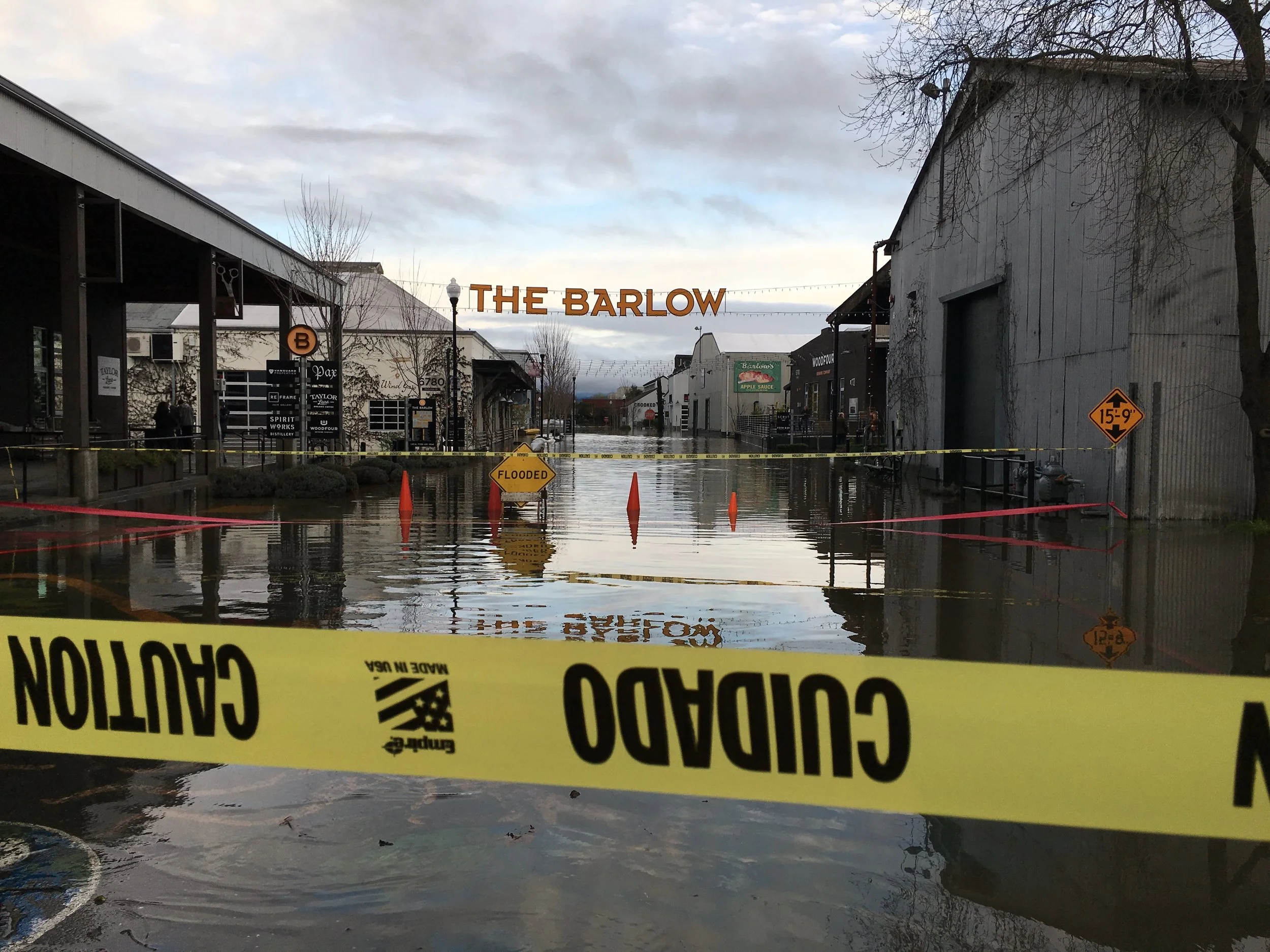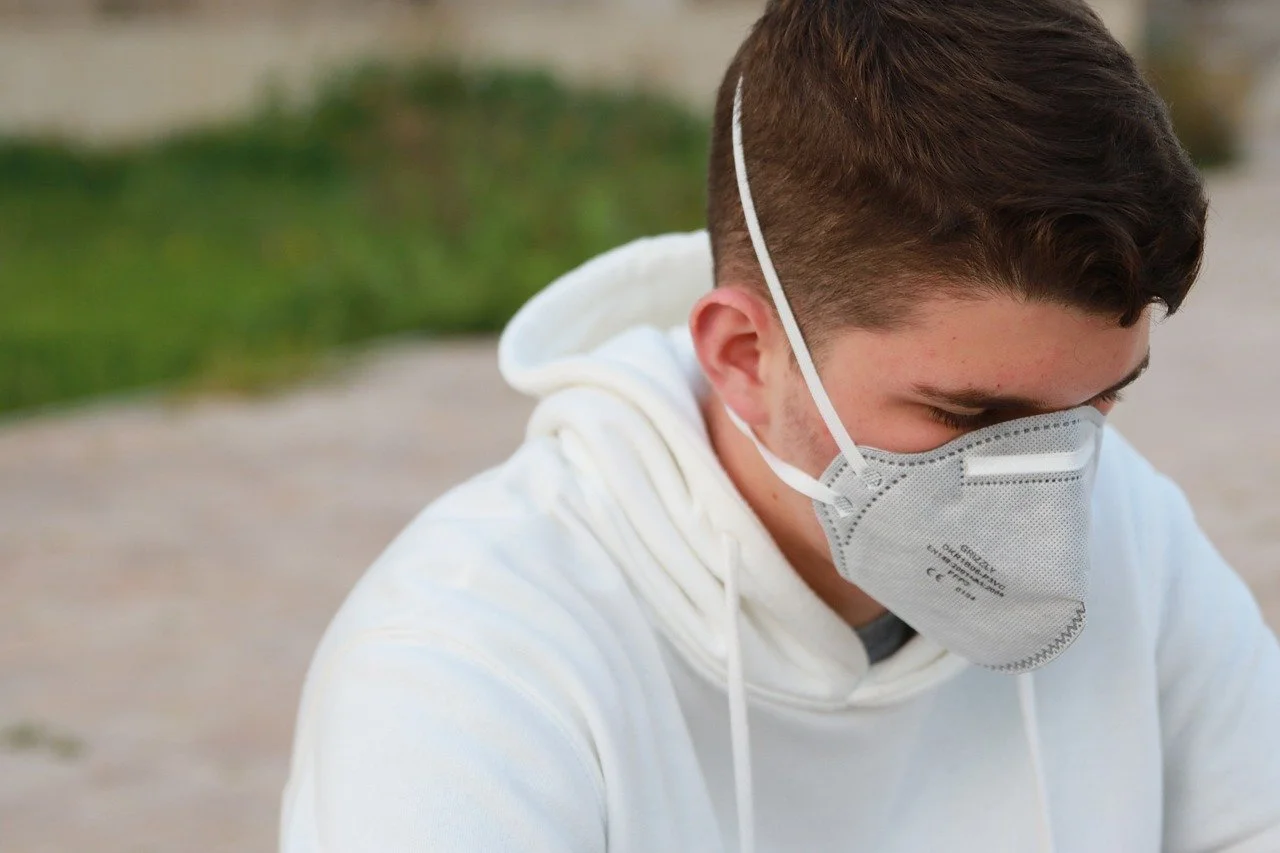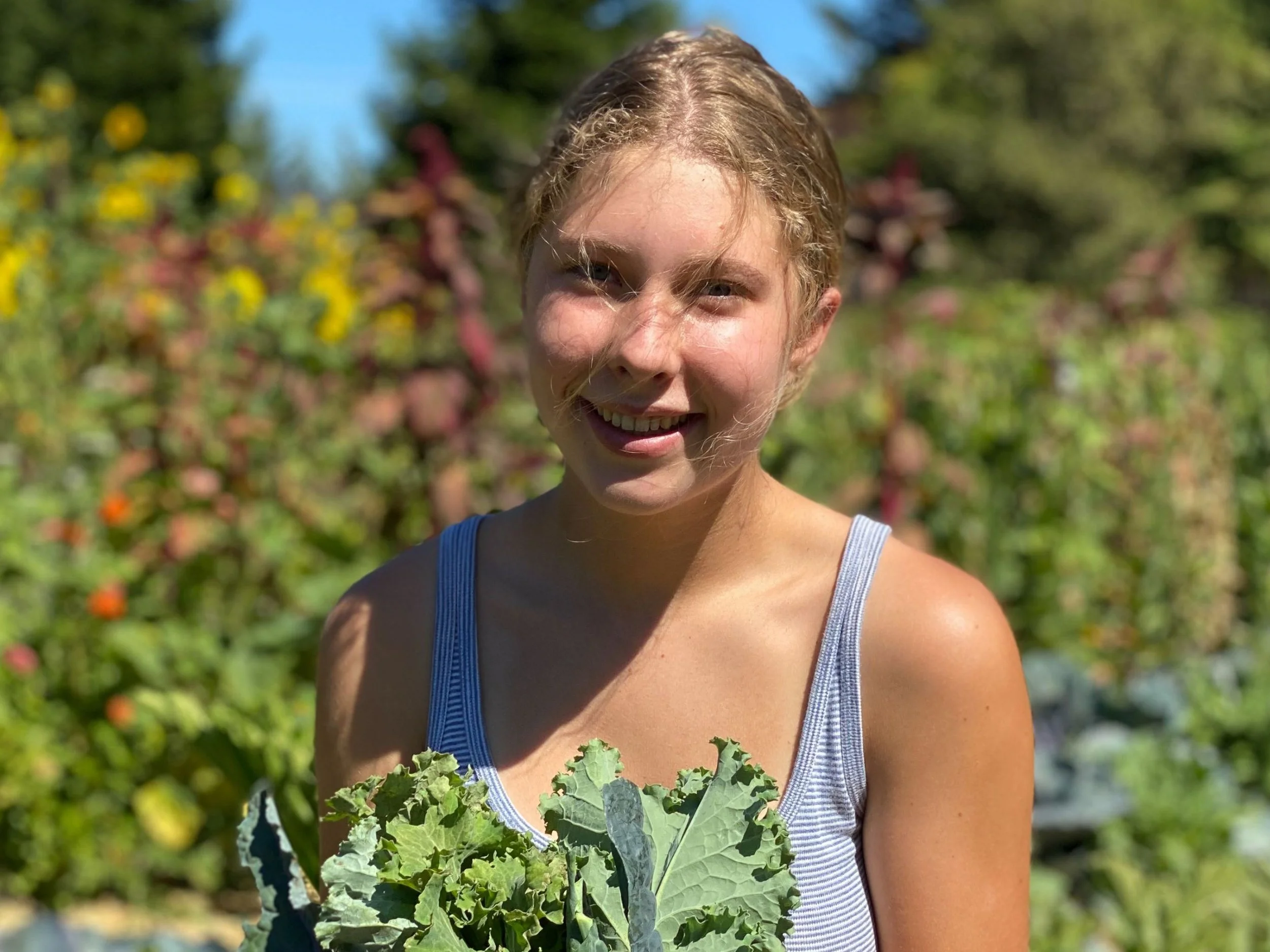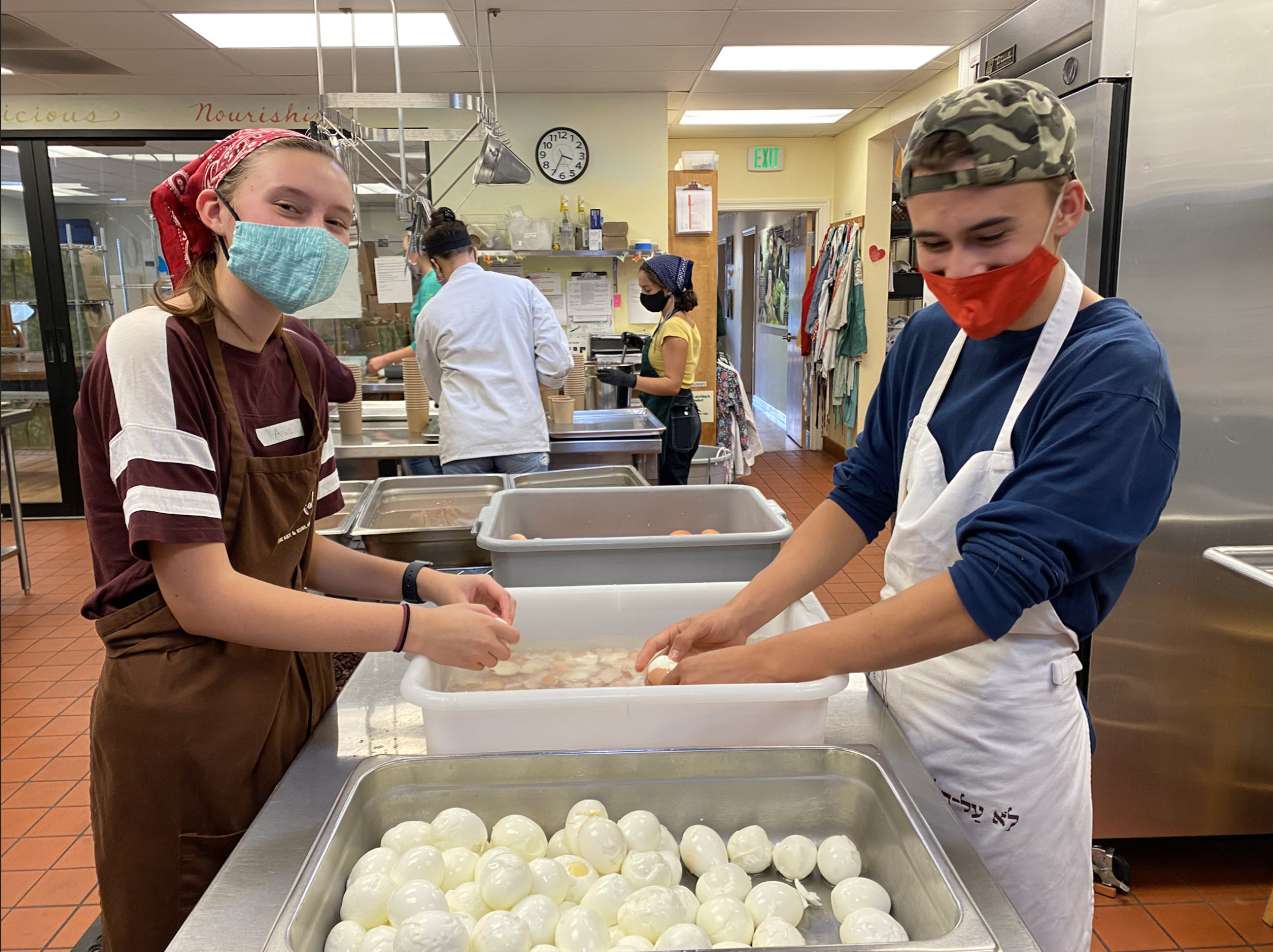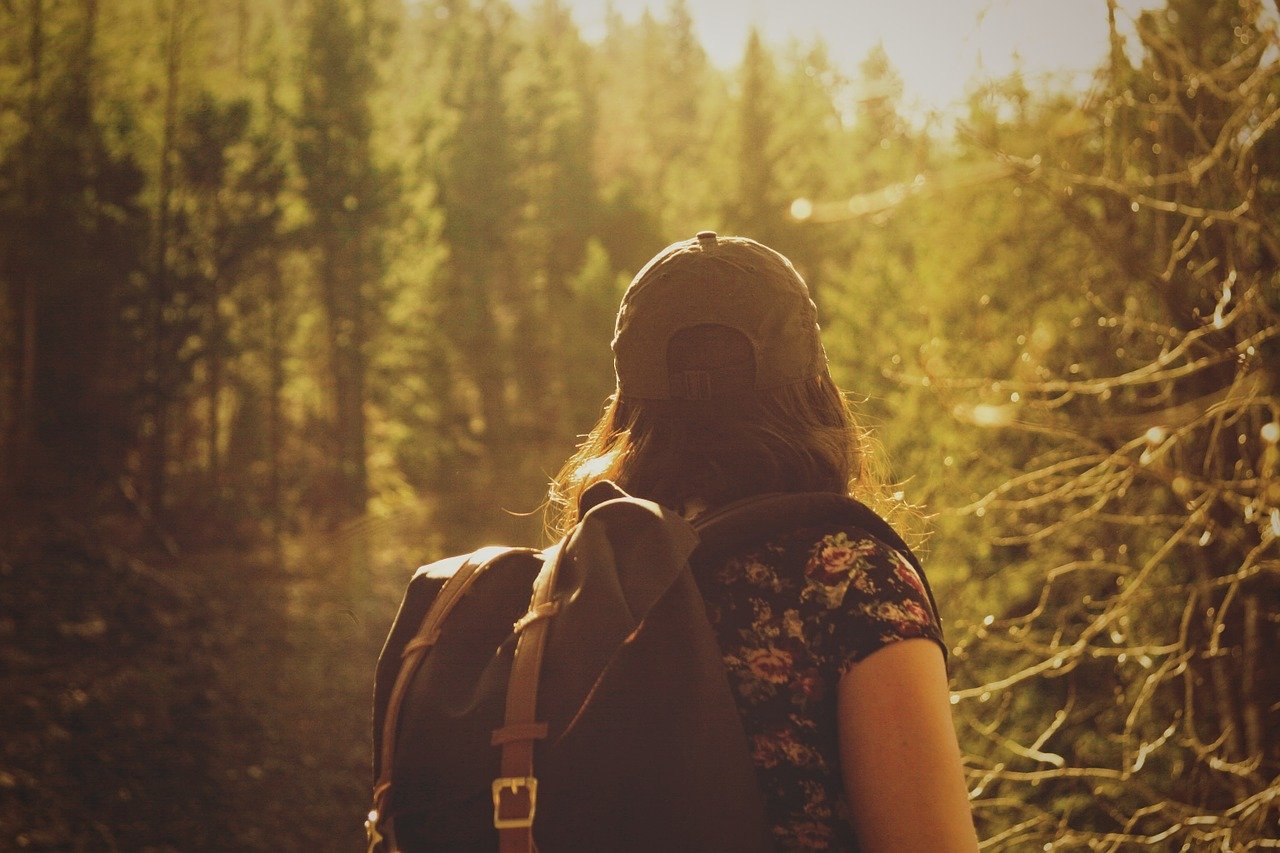Youth Voices on Mental Health, Fires, & COVID-19
“We’ve Kinda Become Numb To It”
Dear Friend,
This month, I sat down (over Zoom!) with three youth volunteers who have been volunteering at Ceres throughout the pandemic to talk about COVID-19, sheltering in place, fire season, and navigating life through it all. Eric Abrahams, 17, is a Teen Leader who’s been volunteering at Ceres for 2 years. Owen Searles, 18, is a college freshman who’s been volunteering with us for 2 years. Sarah Elliott, 18, is about to become a Teen Leader, and has been volunteering at Ceres for 3 years. Thank you Eric, Owen, and Sarah for sharing your thoughts on these sensitive topics!
Be Well,
Reilly Briggs
Policy Coordinator
Between fires, floods, public safety power shutoffs, and now the COVID-19 pandemic, it’s no secret that the North Bay has experienced a number of traumatic events since 2017. For the youth in Sonoma and Marin counties, these constant emergencies have marked their high school experience. “I have to remind myself this isn’t normal sometimes, because it’s been so long and I’ve just gotten used to it. It’s hard not to become apathetic about everything,” says Eric. For local high schoolers, annual disasters have become the norm, and they have to bear in mind that annual disasters are not the norm—and that comes at an emotional price. Adverse Childhood Effects (ACEs) such as the events listed above, can have life-long impacts on adolescents’ health and wellbeing. ACEs are linked with chronic health conditions, educational attainment, and an easily-triggered stress response. [1]
COVID-19 and sheltering-in-place has had a particularly harsh effect on youth as they navigate distance learning--often while sharing space or devices with siblings and family, navigating poor internet connections, and staring at screens all day. And yet despite any sense of normalcy, social interaction, or technical support, high schoolers are expected to learn as much as they would during a traditional school year. Eric said that distance learning comes at a cost: “The non-academic stuff is hard. I just miss my friends. It’s the little things like being able to hang out with a bunch of my friends in the library at lunch.” Teens across the country are having trouble learning and focusing in this stressful environment. Sarah shared: “I really struggle when there isn’t a lot of interaction, especially in school. It’s really hard to focus. If I’m in my room all day, staring at my computer, I just get really frustrated and I stop learning very much…it seems like it’s never gonna end, like what’s next?”
Sarah Elliott, Clipping kale at the Sebastopol Garden.
In the midst of the uncertainty of adolescence, Ceres Community Project provides a safe, supportive, and stable space to have positive interactions with peers and mentors, develop decision-making skills, build resilience, work together as a team, and garner confidence. Our youth program is centered around positive youth development and rooted in evidence-based practice to support the growth and development of youth into leaders. “My favorite part of volunteering is Sara [Ceres’ garden manager]! She’s just really good at what she does, and she’s someone I’ve always been able to talk to. She’s also a great mentor, and even if there’s something she doesn’t know a ton about, she still finds a way to be a valuable part of the conversation,” says Owen. After a year in the program, youth volunteers committed to Ceres can apply to become a Teen Leader—a mentor to other teens while volunteering. Eric has been a Teen Leader for a year because he was looking for an opportunity to further his commitment and make even more meaning out of the work he’s doing in the kitchen and in the community. Sarah, who is about to become a Teen Leader, is looking forward to it because she wants to make new volunteers feel welcome and teach them about the garden.
While our Santa Rosa and Sebastopol kitchens were closed to volunteers at the start of shelter-in-place, our gardens and San Rafael kitchen stayed open, and our youth had the opportunity to volunteer and contribute to their community during the pandemic. Owen said that “Constant is a really good word to describe volunteering at Ceres during the pandemic. Because during COVID, you kind of lose track of the days, but Ceres is a way to at least keep track of my days and have something to build around.” Volunteering is shown to help build trustworthy relationships, strong social networks, and improved general well-being. It’s also been proven to boost your mood, and our youth volunteers express the same sentiment. [2] “It’s usually very de-stressing! It’s very fulfilling, de-stressing, and helps you look back on your day in a more positive light. There’s something very grounding about it,” Eric said about volunteering in the garden. Sarah said that “Ceres is like a haven for me. It’s filled with people to connect with, and I always leave knowing that I’ve helped the community and I’ve helped myself.”
Self-care Tactics from Teens
Self-care is crucial for emotional resilience, managing stress, and improving our outlook. For Sarah, self-care looks like practicing the ukulele, going on runs with her dog, and hiking. Cooking new recipes (especially Indian food!), activism, and playing music helps Eric unwind. Owen volunteers and surfs with his friends to help cope with the daily stressors of life. Other key elements of self-care include a nutritious diet and getting enough sleep. [3]
Warning Signs
Times are tough, and everyone is feeling challenged in this uncertain world. However, look for these signs that you or someone you care about might be at risk:
Sleeping too much or not enough
Changes in appetite
Extreme mood changes
Problems concentrating or learning
Feeling particularly sad or low
Lack of interest in hobbies or friends [4]
Three things you can do:
Check out the mental health resources on https://teenmentalhealth.org/
Sign up to volunteer at Ceres! Email volunteer@ceresproject.org to get started.
Adopt a new self-care routine! https://www.kiddiematters.com/80-self-care-activities-teens/
